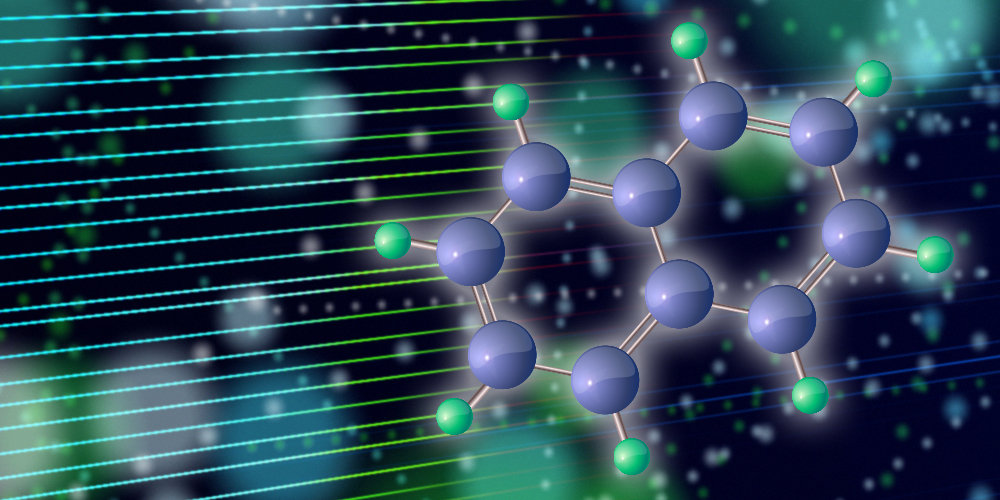

Cross Polarization up to 111 KHz Mas & More
Cross Polarization (CP) is the primary tool in solid state NMR, including magic angle spinning (MAS) NMR, to transfer magnetization between pools of nuclear spins. The nuclei can be like or unlike nuclei. If transferring magnetization from abundant nuclei, like 1H spins to rare nuclei, CP helps to enhance the magnetization of the rare nuclei, for example 13C, in two ways. First, and most familiarly, the enhancement is proportional to the ratio γ1H/ γ13C, of the gyromagnetic ratios γ1H and γ13C. Secondly, it benefits from the typically much faster longitudinal spin relaxation T1 of the 1H spins (1), which allows a shorter recycle delay when signal averaging or collecting multi-dimensional data. In the other case, CP between rare nuclei, CP is essential in order to establish heteronuclear correlations in multi-dimensional experiments.
CP consists of two contact pulses (figure 1) simultaneously applied to the two pools of spins I and S. The one that carries the polarization to the other nuclei is called the spinlock pulse and requires transverse magnetization be available at the same phase as the pulse. The other contact pulse develops magnetization if its amplitude is correct and fulfills the Hartman Hahn condition (1,2). In order to create an initial condition of transverse magnetization in the I-spin pool, a 90° pulse is applied before the I-spin contact at 90° out of phase compared to the spinlock pulse. Any of the contact pulses can have an amplitude modulation (see right).
Although CP has long been in common use for MAS NMR,the more recent pushes to very high rotation rates (above 40 kHz), or for cross polarization between rare spin-½ nuclei at lower rotation rates, requires more attention to experimental details like amplitude modulation, spin nutation frequencies on the nuclei pools and their relation to the mechanical sample rotation. In this note, we present experimental procedures for a quick and successful optimization of polarization transfer using CP for various experimental goals by qualitatively aligning our experimental findings with theoretical predictions.
Download the full application note.


